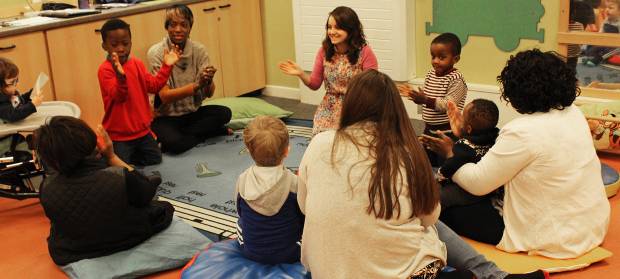Creating your own sensory story is very easy and doesn’t have to cost anything.
You just need to follow these simple steps:
- Choose a story: Choose a book, story or theme that you and your child will enjoy - remember you don’t need a book to tell a story!
- Summarise it: Summarise the story into short sentences – about 10 for the whole story is ideal. Keep it short and simple!
- Pick 10 keywords: Think about roughly 10 keywords in the story - these should be the most important for the story to be told and will usually include the who/what/where/doing words.
- Find props: Look around your home for props to bring your sensory story to life - and especially find props to represent your keywords. Props can be anything from using the space behind a sofa as a dark cave, or using coffee grains from the kitchen as mucky dirt. Pound shops and charity shops can be great places to find cheap props too! (Please bear in mind that not all props are allergy-free/safe for children to use without your supervision).
- Make some noise! You can use sounds, songs, clapping and actions to create a truly sensory story experience. Encourage your child to join in or make their own sounds and movements.
- Use your imagination: Don’t feel that everything has to be literal. Rain could be the noise of your fingers pattering on the table, a water spray, waggling your fingertips to indicate raindrops falling to the ground or a combination of these things. The more clues you give your child to help them understand a word the better.
- Repeat, repeat, repeat! Be ready to tell the same story several times. Repetition is very important in helping young children to learn.
We've created a sensory story guide for you, which you can download below and read with your child.
